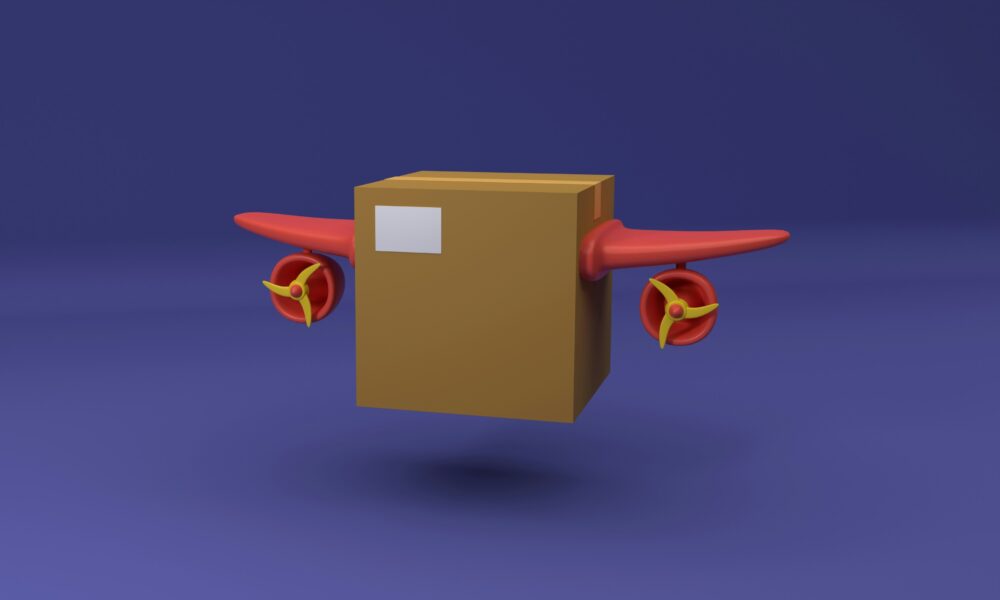
With E-commerce businesses come with it’s own set of challenges and opportunities in their daily operations.
One of the most common problems is low average order value also known as (AOV)
Now low AOV poses a difficult situation for business as it is dependent on making profit only if it sells in large quantities. In spite of these challenges there lies opportunities for growth.
Now let’s understand the Low-AOV E-commerce Business Model
This model you can compare it with your local stores, They excel in small sales but they need the number of sales to break even or be profitable. These businesses majorly focus on quantity instead of quality. Scaling poses a huge challenge for them.
Factors that Influence AOV are-

1. Industry: AOVs varies from industry to industry. For example, electronics might have higher compared to grocery delivery.
2. Customers’ Shopping Methods: Mobile shoppers spend less per order compared to desktop shoppers but most shopping happens by mobile shoppers. .
3. Seasonal Changes: Spending patterns fluctuate throughout the year, with holiday seasons often witnessing increased order values.
4. Pricing Structure: Pricing impacts customer spending. Setting the right price is crucial for maximizing AOV.
5. Retention Strategy: Customer love for the brand and products influences its decision and AOV. Existing customers are more likely to spend more due to their trust and loyalty.
Understanding these factors helps businesses to make strategies to encourage higher spending and growth.
Low-AOV E-commerce challenges-
1. Smaller Profits-per-Sale: Low margins make it harder to generate profits from individual transactions.
2. High Customer Acquisition Cost: Attracting new customers comes with costs, impacting profitability.
3. Customer Base: Retaining customers is super important as one-time purchases offer limited value to the business.
4. Scaling: Scaling leads to increased workload, inventory management complexity, and resource strains.
Advantages of Low AOV in E-commerce
Despite its challenges, low AOV presents unique benefits:

1. Higher Conversions: Lower-priced items attracts more customers, potentially leading to higher conversion rates.
2. Barrier to Entry: Because of low Budget options it cater to a broader customer base, including price-conscious shoppers.
3. Upsell Opportunities: Offering related products or upgrades increases the value of each order.
4. Customer Loyalty: Providing good value for money fosters customer loyalty and repeat purchases.
A low-AOV model helps to attract more customers, explore new market opportunities, and maintain the potential for increased sales and customer loyalty.
Why Selling More Isn’t Always the Answer
Only increasing sales volume may not be the best strategy for low-AOV businesses:
1. Scaling Issues: Increased sales result in higher workload and expenses, result less profitability.
2. Expensive Customer Acquisition: Acquiring new customers is costly, so focusing on retaining is crucial.
3. Resource Strain: Rapidly increasing sales may strain resources, affecting customer satisfaction and business operations.
Strategies to Increase AOV

To overcome these challenges, businesses can implement strategies to boost AOV:
1. Product Bundling: Bundling related products offers convenience and encourages larger purchases.
2. Upselling and Cross-selling: Suggesting complementary or upgraded products increases order value.
3. Free Delivery or Shipping Incentives: Offering free shipping for reaching a spending threshold encourages additional purchases.
4. Discounts: Limited-time discounts incentivize higher spending.
5. Smart Pricing Strategies: Tailoring prices to customer preferences and market trends can helps in sales.
6. Customer Loyalty Programs: Rewarding loyalty helps in repeat purchases and higher AOV.
Final Thoughts:
Profitability is the blood for any business. Despite the challenges posed by low AOV, implementing personalized experiences, upselling tactics, and smart pricing strategies can significantly enhance profitability and customer satisfaction. By increasing efficiency and focusing on customer needs, businesses can thrive in this space.

Leave a Reply